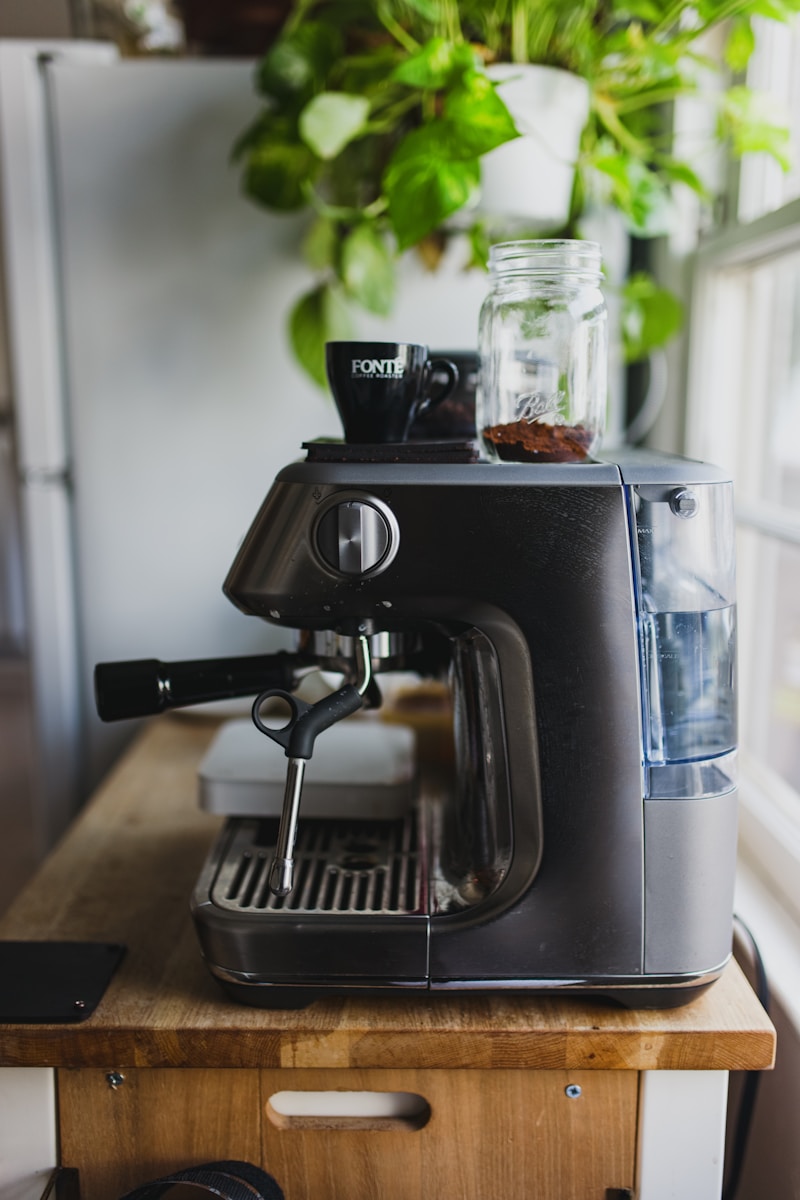
There’s nothing quite like the invigorating aroma of freshly brewed coffee to kickstart your day, but that morning ritual can quickly turn into a frustrating mess when your coffee maker decides to stage a rebellion. Instead of a perfect pour, you’re left with puddles where your morning brew should be, ruining countertops and dampening your caffeine fix. This isn’t just a minor annoyance; that leak could be a signal of something far more serious bubbling beneath the surface.
Indeed, behind that seemingly innocent drip might be a cracked hose, a worn-out gasket, or even stubborn mineral buildup silently clogging the internal works. Ignoring these signs can escalate into bigger problems, potentially leading to damaged kitchen surfaces or a complete machine malfunction. The good news is that understanding the root cause is your first step toward a solution, often saving you from the hassle and expense of a costly replacement.
This comprehensive guide is designed to empower you with the knowledge to pinpoint the exact source of your coffee maker’s leak. Drawing on extensive insights and expert advice, we’ll systematically explore the common culprits, walk you through the diagnostic process, and equip you with actionable solutions to prevent your kitchen from turning into a coffee-flavored swamp. Let’s dive into the core issues that often plague our beloved brewing companions, ensuring you can enjoy a leak-free coffee experience for years to come.
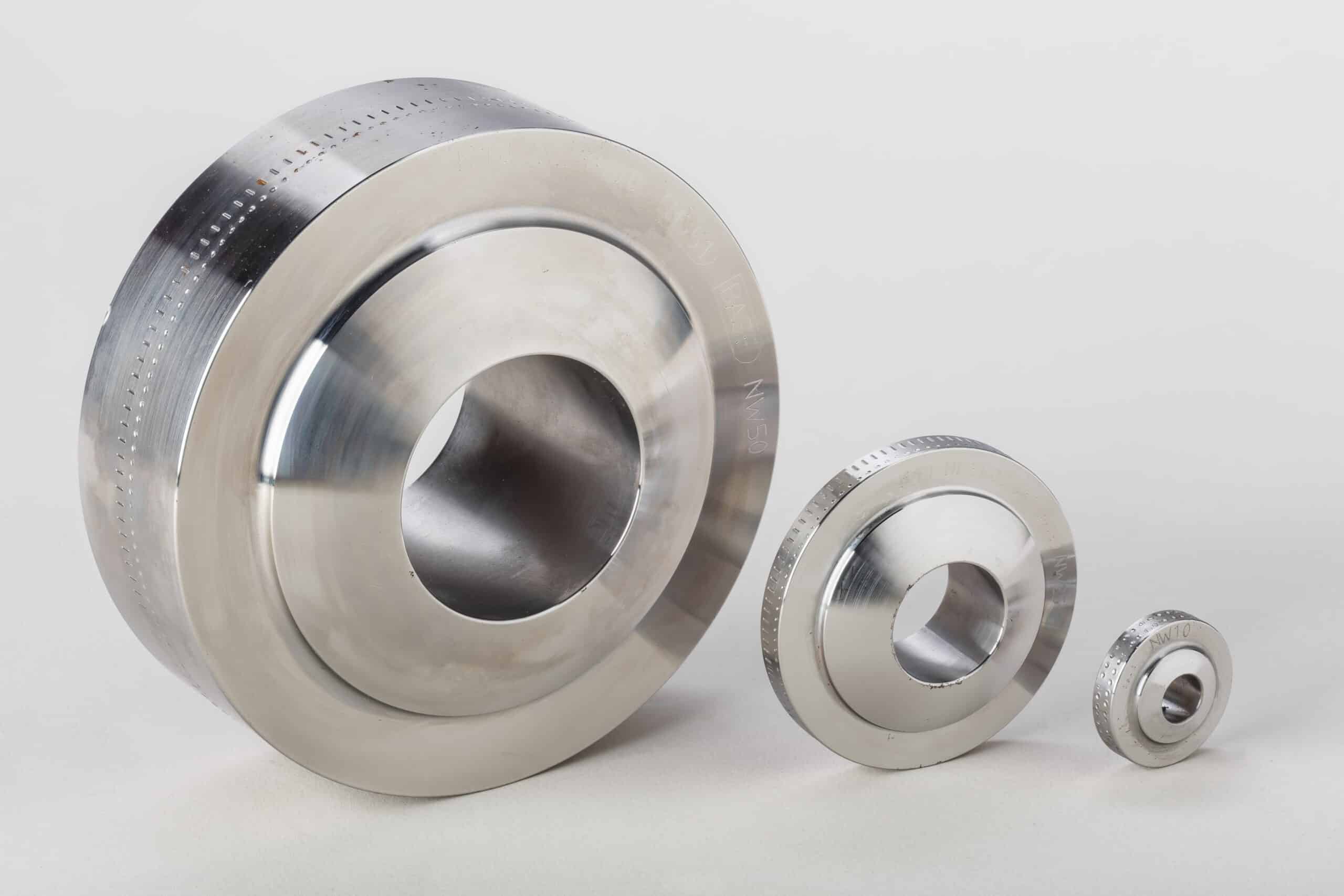
1. **Damaged Gaskets and Seals**Among the most frequent offenders when it comes to coffee maker leaks are damaged or worn-out gaskets and seals. These crucial rubber components are designed to create watertight connections between various parts of your machine, effectively containing water where it belongs. When these seals begin to fail, they can no longer contain water properly, leading to noticeable leaks around the reservoir, filter area, or other connection points.
Over time, gaskets can naturally wear out, becoming less effective at preventing leaks due to constant exposure to heat and water, or simply from age and repeated use. It’s essential to regularly check these vital seals. Inspect the gaskets on the water reservoir, carafe, and other connections for any visible signs of damage or wear, such as cracks, brittleness, or thinning. This proactive inspection can often help you catch a potential leak before it escalates into a larger problem.
Fortunately, addressing worn-out gaskets is often a straightforward fix. Identifying any damaged or worn gaskets and replacing them with new ones specifically designed for your coffee maker model can effectively restore your machine’s integrity. Products like “Top Rated Replacement Silicone Gaskets for Coffee Makers” made from durable, food-grade silicone are available, ensuring optimal sealing and preventing leaks while brewing.
Beyond immediate repair, incorporating gasket checks into your routine maintenance can significantly extend the life of your coffee maker and prevent future leaks. Ensuring these seals are always in good condition is a fundamental step in maintaining a leak-free machine, providing a perfect seal that withstands high temperatures and maintains its shape over time.
Read more about: Decoding Your Drive: 14 Essential Transmission Warning Signs Every Driver Needs to Know
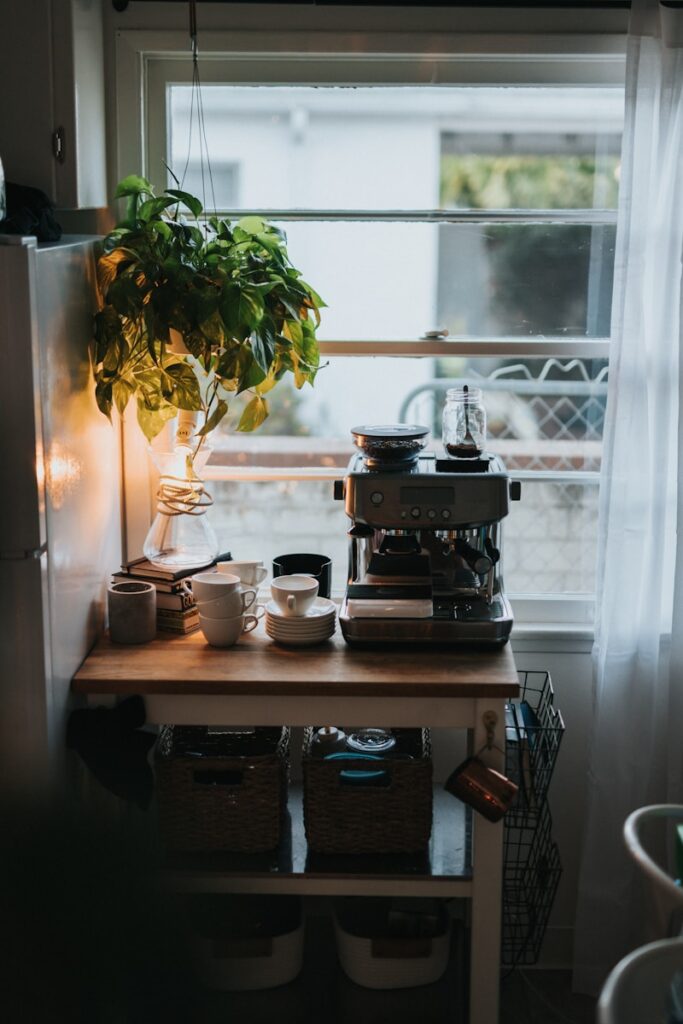
2. **Overfilling the Water Reservoir**Sometimes, the simplest mistakes lead to the most frustrating problems, and overfilling the water reservoir is a prime example of this. It’s a common oversight that many coffee enthusiasts make, but it can directly contribute to spills and leaks during the brewing process. When you pour water beyond the maximum capacity marked on your reservoir, you’re inviting trouble.
Excess water has nowhere to go but out. This overflow can spill out, causing the machine to leak from various points, not necessarily indicating an internal defect but rather a user error. More subtly, consistently overfilling the reservoir can put undue strain on internal seals and components that are not designed to withstand that level of pressure or volume, potentially leading to premature wear and actual leaks over time.
Preventing this type of leak is incredibly simple and requires no tools or parts. The actionable advice is clear: always avoid overfilling the water reservoir. Pay close attention to the maximum fill line indicated on your coffee maker. This simple habit can prevent unnecessary overflow and strain on critical internal seals, thereby minimizing the risk of leaks.
By ensuring that you adhere to the recommended water levels, you not only prevent immediate spills but also contribute to the long-term health and leak-free operation of your appliance. This small adjustment in your daily routine can save you from a messy clean-up and prolong the lifespan of your coffee maker’s internal components.
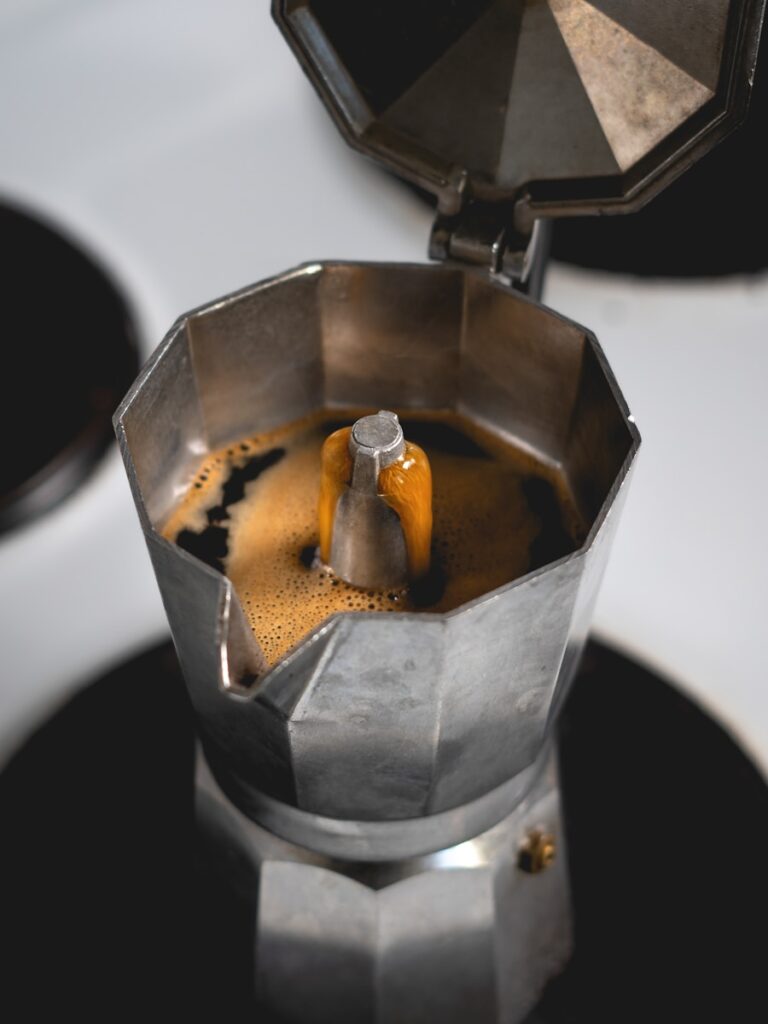
3. **Cracked or Damaged Water Reservoir/Tank**The water reservoir is undeniably the heart of your coffee maker, serving as the primary container for the water that will eventually be heated and brewed into your morning cup. Any compromise to this crucial component can directly lead to water escaping and dripping from the bottom of your machine. A cracked or physically damaged reservoir creates an immediate pathway for water to seep out, making it a primary cause of leaks.
Damage to the water tank often occurs due to impact, such as dropping the reservoir, or simply from general wear and tear over time. These cracks might start small and seem insignificant, but under the pressure of a full reservoir or during the brewing cycle, they will inevitably allow water to escape. This means a thorough visual inspection is always a critical first step when troubleshooting a leak.
Begin by carefully examining the removable water reservoir for any visible cracks, hairline fractures, or signs of improper seating. If the reservoir isn’t snugly fitted or shows any physical damage, water can easily escape from these compromised areas. Even a slight misalignment can create enough of a gap for water to bypass the intended channels and spill out.
If you identify any visible cracks or damage to the reservoir, the solution is clear: it needs to be replaced. Continuing to use a cracked reservoir will only perpetuate the leaking problem. Ensuring your reservoir is intact and properly seated is fundamental to maintaining a sealed system and preventing water from escaping the bottom of your machine.
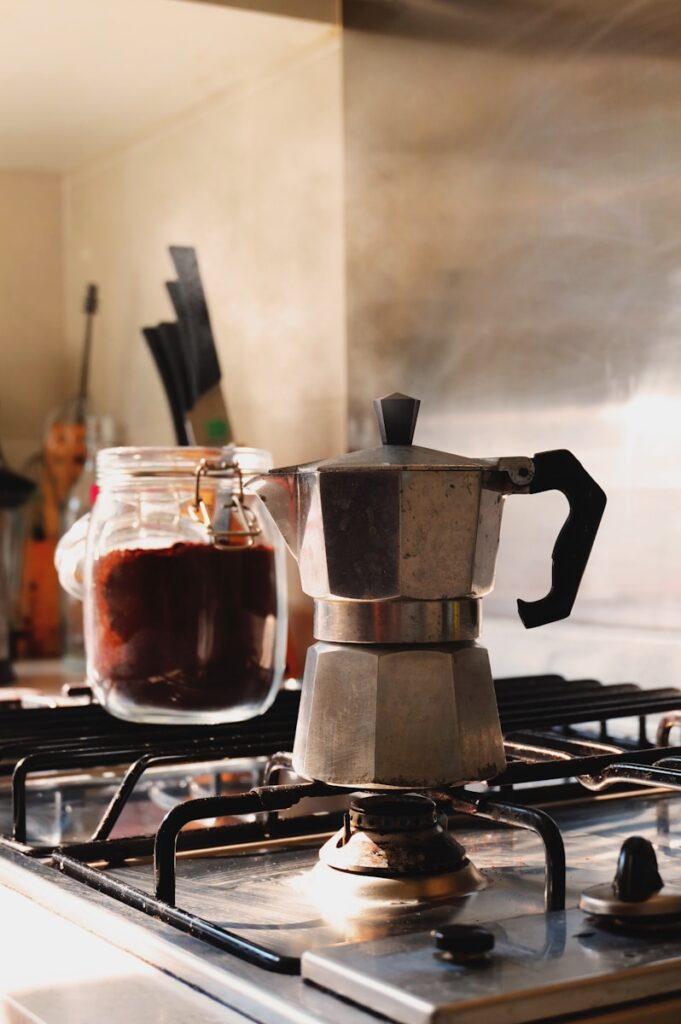
4. **Loose or Cracked Hoses/Internal Connections**Beneath the sleek exterior of your coffee maker lies a network of vital internal components, including hoses and connections that meticulously carry water through the brewing process. These water lines are the tubes that transport water from the reservoir, to the heating element, and finally into the carafe. Any compromise to these internal pathways or their connections can directly cause water to leak out.
Leaks often originate from loose or improperly connected internal components, such as hoses or their clamps, which can create gaps for water to escape. Over time, these connections can loosen due to vibrations, heat cycles, or simply aging materials. Furthermore, the hoses themselves can develop cracks or splits, especially in older machines where the material may become brittle or worn.
Diagnosing issues with internal hoses requires a more thorough inspection. You’ll need to look for splits, signs of looseness, or corrosion on the hose and its connections, as these can disrupt the flow of water and cause it to escape. Professional repair stories often highlight how seemingly complex leaks, such as those in Hamilton Beach pod coffee makers, frequently trace back to split internal hoses, which can be resolved with careful disassembly and sourcing the correct parts.
If you find loose hose clamps, tightening them securely can often stop water leakage. For cracked or damaged hoses, replacement is the necessary course of action. Around 40% of users find that replacing cracked or split hoses fixes leaks, particularly in machines with visible wear. Always make sure all connections are secure and inspect hoses for any signs of dislodgment or damage to restore proper water containment.
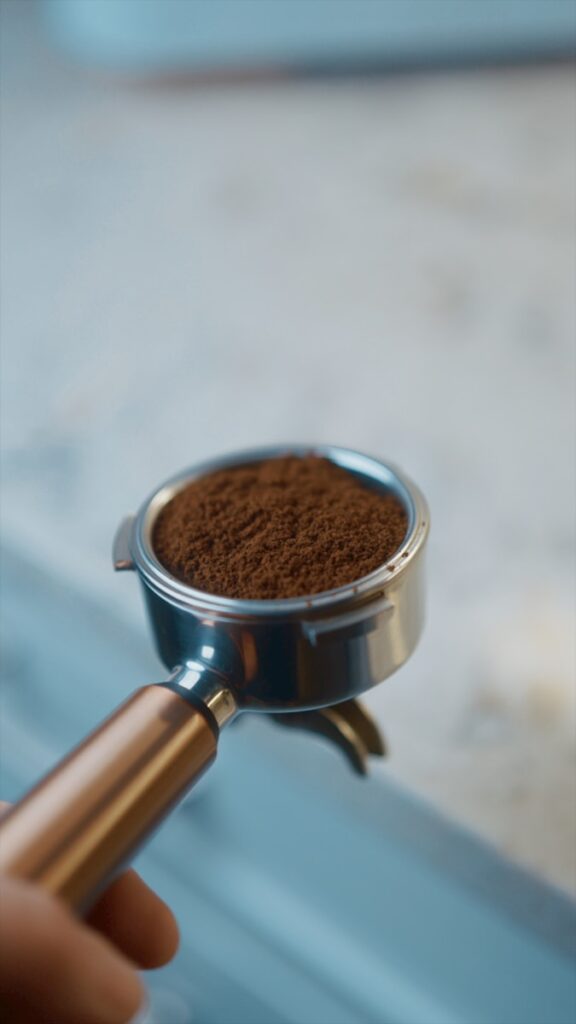
5. **Mineral Buildup and Clogging**Hard water, rich in minerals, is a common culprit behind many coffee maker ailments, including persistent leaks. Over time, these minerals can accumulate within the internal pathways of your machine, forming what is known as scale buildup. This buildup acts like an arterial plaque, clogging internal hoses, heater tubes, and other delicate components, thereby disrupting the proper flow of water.
When internal pathways become clogged, the pressure inside the coffee maker increases significantly. This elevated pressure can force water through weak spots in the machine, such as compromised seals, hairline cracks, or even through areas that would normally be watertight. This phenomenon is a frequent cause of leaks, transforming a simple mineral deposit into a costly repair issue.
One of the most effective solutions and preventative measures against mineral buildup-induced leaks is regular descaling. Performing a thorough descaling process with a vinegar-water solution or a manufacturer-recommended descaler every 1-3 months can effectively remove mineral deposits, clearing blockages in hoses and internal components, and restoring proper water flow. This practice can achieve a 50% success rate in eliminating leaks caused by such blockages.
Furthermore, using filtered water in your coffee maker can significantly reduce the mineral content introduced into the machine, which in turn extends the lifespan of internal components and prevents future scale buildup that leads to leaks. Regularly descaling and using filtered water are key preventative measures to keep your machine functioning efficiently and leak-free.
Read more about: The Ultimate Guide to Washing Machine Longevity: 15 Expert-Backed Tips for Years of Trouble-Free Laundry
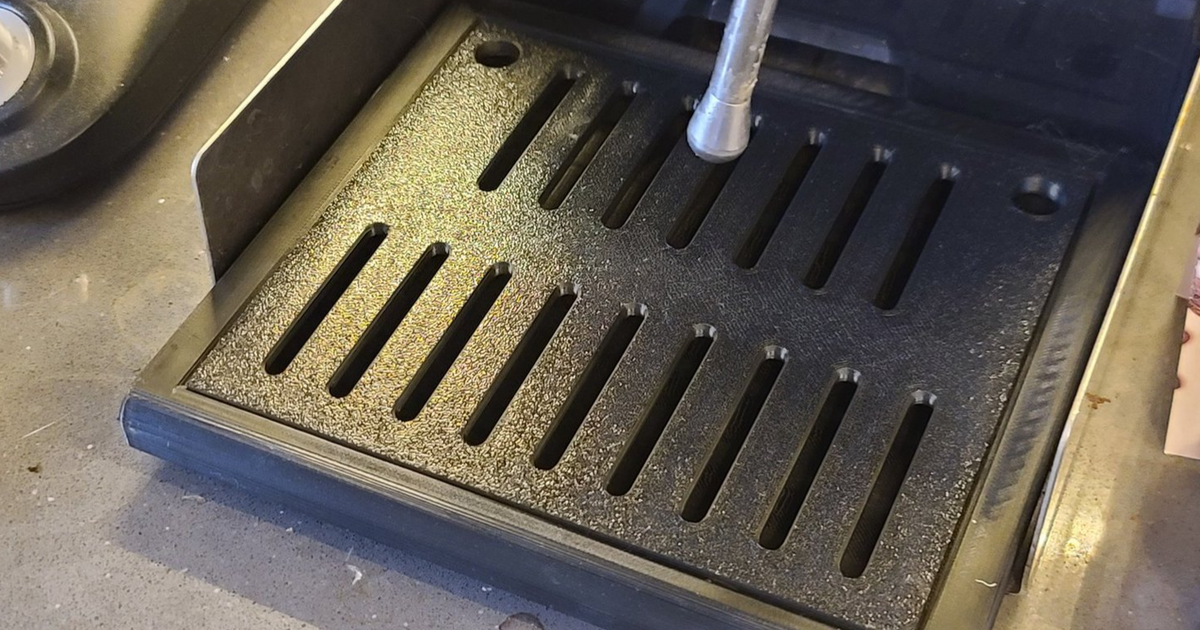
6. **Misaligned Components (Drip Tray, Filter Basket, Carafe)**Sometimes, a leak isn’t due to a damaged part but simply a misplacement or misalignment of various components. Your coffee maker relies on several parts fitting together perfectly to create a sealed system, and if any of these are slightly off, water can find an escape route. Misaligned drip trays or reservoirs, for instance, often result in leaks during the brewing process, even if the parts themselves are undamaged.
One common area for misalignment is the carafe. If the coffee carafe is not properly seated on the heating plate, it can create a gap where brewed coffee or even water can leak out, accumulating under the machine. Similarly, the filter basket needs to be precisely in place. “Make sure the filter basket is properly seated and the coffee pot is aligned correctly, as misplacement can lead to overflow or pooling at the bottom of the coffee machine.”
After cleaning or performing any maintenance, it’s crucial to reassemble all parts with meticulous care. Confirming proper alignment is key, as misaligned components can compromise the machine’s integrity and allow water to bypass intended channels. For example, ensuring the carafe is firmly in place and its lid is securely closed can prevent leaks that seem to come from nowhere.
Customer experiences highlight the efficacy of addressing alignment issues: around 30% of leaks are resolved simply by ensuring the drip tray and reservoir are properly aligned after cleaning. This demonstrates that not all leaks require complex repairs; sometimes, a careful reassembly is all that’s needed to restore your coffee maker’s functionality and prevent frustrating spills.

7. **Clogged Overflow Valve**The overflow valve serves as a critical safety feature within your coffee maker, designed to prevent the machine from overflowing by regulating water pressure and flow. It acts as a release mechanism, ensuring that if water backs up for any reason, it doesn’t cause a catastrophic spill. However, like other internal components, this valve is susceptible to blockages that can compromise its function.
When the overflow valve becomes clogged, often with coffee grounds, mineral scale, or other debris, it can no longer open properly. This obstruction means that when pressure builds within the machine, the valve cannot perform its safety function. Instead of releasing excess pressure or diverting water appropriately, the clogged valve causes water to back up, increasing internal pressure and forcing water to leak out from the bottom or other weak points of the coffee maker.
Diagnosing a clogged overflow valve might not be immediately obvious, but if you’re experiencing leaks that don’t seem to stem from external cracks or misalignments, this internal blockage could be the culprit. The good news is that this issue is often addressable through routine maintenance, avoiding the need for complex repairs.
To resolve a clogged overflow valve, it is recommended to run a descaling solution through your coffee maker. This process effectively removes any mineral deposits or coffee grounds that have accumulated, clearing the obstruction and allowing the valve to function as intended. Regular cleaning, following the manufacturer’s instructions for descaling, is essential for maintaining a clear overflow valve and preventing potential leaks caused by internal pressure buildup.
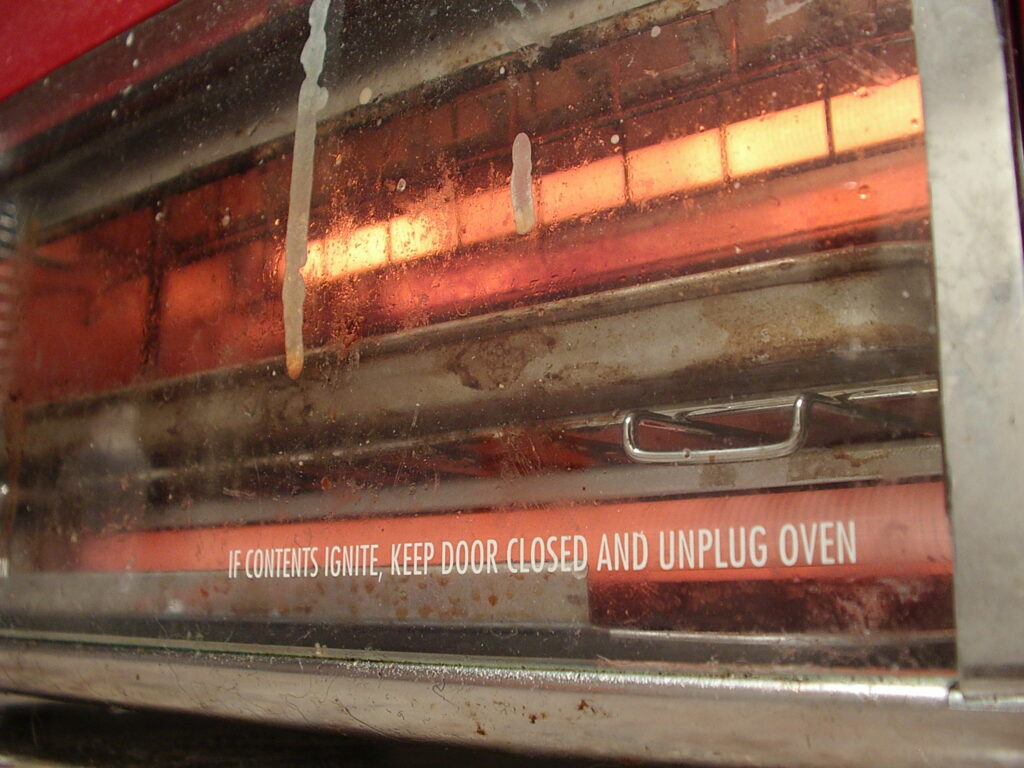
8. **Faulty Heating Element**Beyond external components and easily identifiable issues, the heating element represents a more intricate internal cause of coffee maker leaks. This vital component is solely responsible for bringing the water to the perfect brewing temperature. When the heating element itself becomes damaged or malfunctions, it’s not just your coffee’s temperature that suffers; it can also lead to water leaking directly from the bottom of the machine, often signaling a serious internal compromise.
Identifying a faulty heating element as the source of a leak can be challenging, as the damage is rarely visible from the outside. However, common symptoms include water that fails to heat properly, the machine struggling to start, or, critically, water escaping from the machine’s base without an obvious external crack. Unlike superficial issues, this problem often arises from internal corrosion or electrical failure, creating pathways for water to escape under pressure.
Addressing a damaged heating element typically moves beyond simple DIY repairs. The context explicitly recommends, “Contact a qualified technician to inspect and repair or replace the heating element.” This isn’t merely a suggestion but a crucial piece of actionable advice, given the electrical nature of the component and the specialized tools and expertise required to safely diagnose and replace it. Attempting to repair this without proper knowledge can be dangerous and could exacerbate the damage.
Therefore, if your coffee maker is leaking from the bottom and you’ve ruled out all the more common culprits discussed previously, a malfunctioning heating element should be considered. It’s a complex internal issue that necessitates professional attention to ensure safe and effective repair, preventing further damage and restoring your machine’s core functionality.
Read more about: Unlock Your Car’s Full Potential: 14 Simple DIY Maintenance Tasks Every Driver Must Master for a Longer, Safer Ride
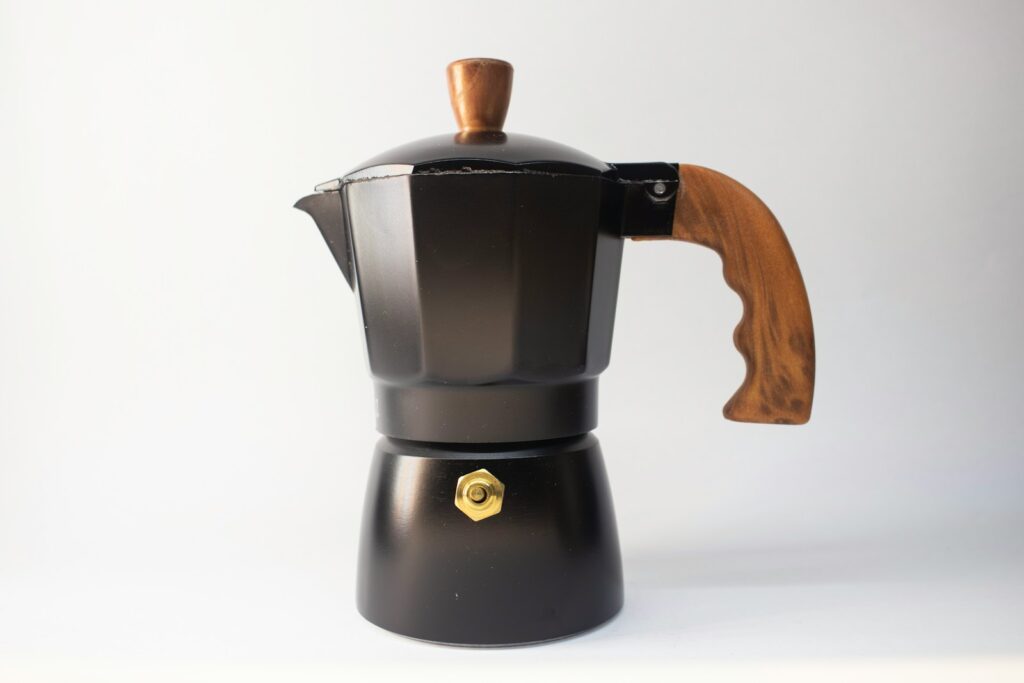
9. **Malfunctioning Water Pump**Another critical internal component that can lead to frustrating leaks is the water pump. This pump is the driving force behind your coffee maker, diligently circulating water from the reservoir through the heating element and into the brew basket. When this pump malfunctions, whether due to wear, blockage, or electrical failure, it can disrupt the precise flow of water, leading to pressure imbalances that force water out where it shouldn’t be.
A malfunctioning pump can manifest its issues in several ways. You might notice inconsistent water delivery during brewing, unusual noises, or, most tellingly, leaks originating specifically from the bottom or internal areas of the machine that aren’t otherwise cracked. Professional repair stories often highlight these issues, noting that “a Mr. Coffee BVMC-EM7000DS owner reported leaking from the white water pump,” illustrating how even specific pump failures are a recognized cause of leaks.
If you suspect your water pump is the culprit, the first step is to consider a thorough internal inspection, though this often requires careful disassembly. The context states, “A malfunctioning pump can cause water to leak out,” underscoring its role. While some users might be comfortable with disassembling their machine to visually check the pump and its connections, replacing a faulty pump usually involves sourcing specific parts and a more advanced repair process.
This is another scenario where knowing your limits is key. While tightening loose connections around the pump might be a DIY possibility, a full pump replacement typically requires technical proficiency. If your machine is older or showing significant internal wear, a professional diagnosis can confirm if the pump is indeed failing, guiding you toward an effective repair solution and preventing further water damage.
Read more about: The Homeowner’s Comprehensive Guide to Calibrating Your Water Softener for Peak Efficiency

10. **Damaged Housing or Chassis**While we often focus on the internal mechanics or visible reservoirs, sometimes the very structure of your coffee maker—its housing or chassis—can be the unexpected source of a leak. The external shell of the machine isn’t just for aesthetics; it provides structural integrity and protects the internal components, ensuring water is contained within its intended pathways. Any significant physical damage to this housing can compromise the machine’s ability to hold water, leading to frustrating spills.
Damage to the housing can occur from accidental drops, impacts, or even stress fractures over time, especially around seams or screw points. These can create small gaps or cracks that, while seemingly minor, become escape routes for water, particularly when the machine is operating under pressure. “If the housing of the coffee maker is cracked or damaged, it can allow water to seep out,” precisely captures this often-overlooked cause of leaks.
Diagnosing this issue involves a careful visual inspection of the entire outer casing of your coffee maker. Look for any hairline cracks, loose panels, misaligned sections, or signs of impact. It’s important to differentiate this from a cracked water reservoir, as this refers to the external body rather than the internal water container. If damage is found, it directly compromises the machine’s sealed system.
Unfortunately, repairing a damaged housing can be challenging. Unlike a replaceable gasket or hose, the housing is often integral to the machine’s structure. Depending on the severity and location of the crack, an adhesive fix might be temporary, but a complete structural compromise might mean the machine is beyond economical repair. This highlights the importance of careful handling to prevent external damage that can lead to persistent leaks.
Read more about: Steering Clear of Costly Car Button Blunders: Essential DIY & Key Fob Mistakes That Could Drain Your Wallet
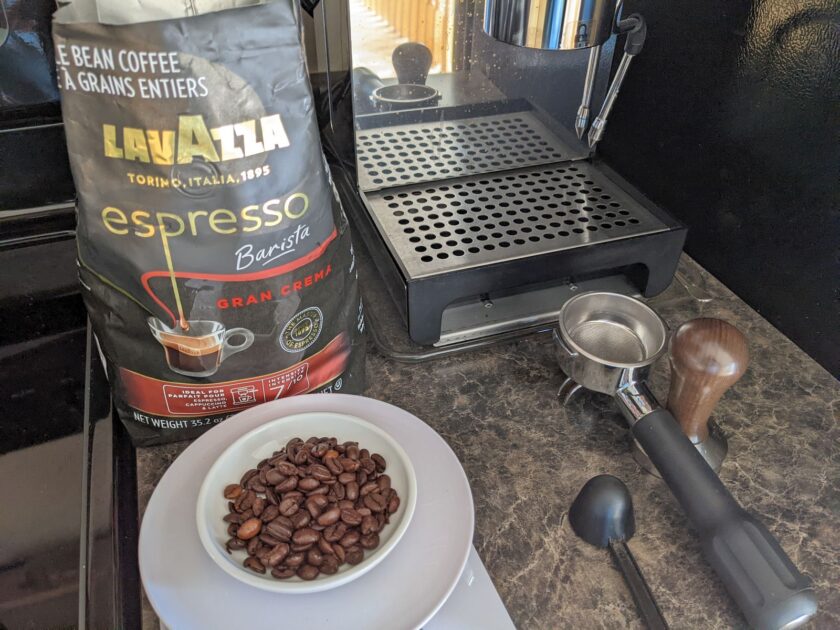
11. **Clogged Brew Basket and Stopper Issues**While often mistaken for a simple overflow, issues with the brew basket itself, particularly clogs or a malfunctioning stopper, can cause significant leakage. The brew basket is where your coffee grounds meet hot water, and its design is crucial for directing brewed coffee cleanly into the carafe. Any obstruction or fault in this area can lead to water backing up and spilling out, typically underneath the brew basket or pooling around the machine’s base.
Clogs in the brew basket are most commonly caused by an accumulation of fine coffee grounds or mineral deposits, especially if you’re not rinsing it thoroughly after each use. These clogs can impede the flow of brewed coffee, causing it to overflow the basket. Additionally, many brew baskets incorporate a spring-loaded stopper mechanism designed to prevent dripping when the carafe is removed. If this stopper becomes sticky, damaged, or jammed, it can either fail to seal, leading to constant drips, or prevent proper drainage, causing an overflow.
To diagnose, first, ensure the brew basket is meticulously clean and free of any coffee ground residue. Next, visually inspect the stopper mechanism at the bottom of the basket; it should move freely and return to its sealed position. The context advises, “Make sure the filter basket is properly seated and the coffee pot is aligned correctly, as misplacement can lead to overflow or pooling at the bottom of the coffee machine.” This applies not just to alignment but also to the internal workings of the basket.
If the stopper is the culprit, replacement kits are readily available and often an easy DIY fix. Products like “Spring Loaded Stopper Kits for Coffee Makers” or “2-Pack Brew Basket Stopper Kits” are specifically designed to “Restore your coffee machine’s brewing basket functionality” and are a “Quick fix for Mr. Coffee and Oster brewers.” Regularly cleaning the brew basket and inspecting the stopper for smooth operation are essential preventative measures against these common, yet often overlooked, leak sources.

12. **Float Switch Malfunction**Deep within some coffee makers, particularly those with automatic brewing features, lies a component known as the float switch. This unassuming sensor plays a crucial role in detecting the water level within the reservoir, signaling the machine when it’s adequately filled or when it needs more water. A malfunction in this float switch can throw off the entire brewing process, leading to a cascade of problems including, predictably, leaks due to incorrect water management.
When the float switch fails, it might inaccurately report water levels, causing the machine to either attempt brewing with insufficient water or, more relevant to leaks, continue to fill the reservoir beyond its maximum capacity. This overfilling, caused by the sensor’s misreading, inevitably leads to water spilling out and pooling underneath the coffee maker, even if the reservoir itself is undamaged. The context directly addresses this, stating, “If the float switch is leaking, check for debris or damage and clean or replace it as needed.”
Diagnosing a faulty float switch might involve observing whether the machine consistently overflows despite careful filling, or if it indicates an empty reservoir when it’s actually full. Accessing the float switch typically requires some disassembly of the coffee maker, as it’s an internal component. The issue often stems from debris or mineral buildup hindering the float’s movement, or the switch itself becoming electrically faulty.
For maintenance, a primary step is to ensure the float mechanism is clean and unobstructed. Running a descaling solution, like the “Universal Coffee Machine Descaling Solution” mentioned, through the machine can help clear any mineral deposits affecting its movement. If cleaning doesn’t resolve the issue and the float switch appears damaged, replacement is necessary. This is a more advanced DIY task, potentially requiring a service repair key for certain models, such as the “Service Repair Key for Coffee Machines” which is essential for “opening security screws on various coffee machines.”
Read more about: Your Car’s Best-Kept Secrets: Insider Hacks and Hidden Features That Will Change How You Drive
13. **The Importance of Periodic Internal Disassembly and Cleaning (Beyond Descaling)**While descaling is a cornerstone of coffee maker maintenance, addressing mineral buildup, it doesn’t cover all the insidious ways internal components can become compromised. True preventative maintenance for leaks extends to periodic internal disassembly and cleaning, targeting residues like coffee oils, fine grounds, and even subtle corrosion that descaling alone might miss. This deeper level of care is crucial for prolonging the life of your machine and preempting leaks from less obvious internal issues.
Many professional repair stories illuminate how seemingly complex leaks often trace back to neglected internal parts. For instance, “A Cuisinart DGB 650 user experienced leaks from a corroded heater tube, resolved by cleaning it with vinegar and applying self-etching primer to prevent further corrosion.” This underscores that components like heater tubes, internal hoses, and the group head can accumulate various forms of gunk or wear that create weak spots for water to escape.
Implementing this involves carefully disassembling key parts of your coffee maker, which, depending on the model, might mean removing the group head or opening the chassis. The objective is to “inspect and clean internal components,” ensuring no clogs or worn parts are causing issues, as advised in the context. This meticulous process allows for a visual inspection of all water pathways, checking for early signs of brittleness in hoses, corrosion on metal parts, or subtle blockages that could increase internal pressure and lead to leaks.
Though a more involved process than a simple rinse, “Periodic disassembly and cleaning of key parts can prevent future leaks and extend the life of your machine.” This proactive approach, while demanding a bit more effort and perhaps a “Service Repair Key for Coffee Machines” for access, can dramatically reduce the likelihood of costly repairs down the line. Always remember to unplug the unit before attempting any internal inspection or cleaning for safety.
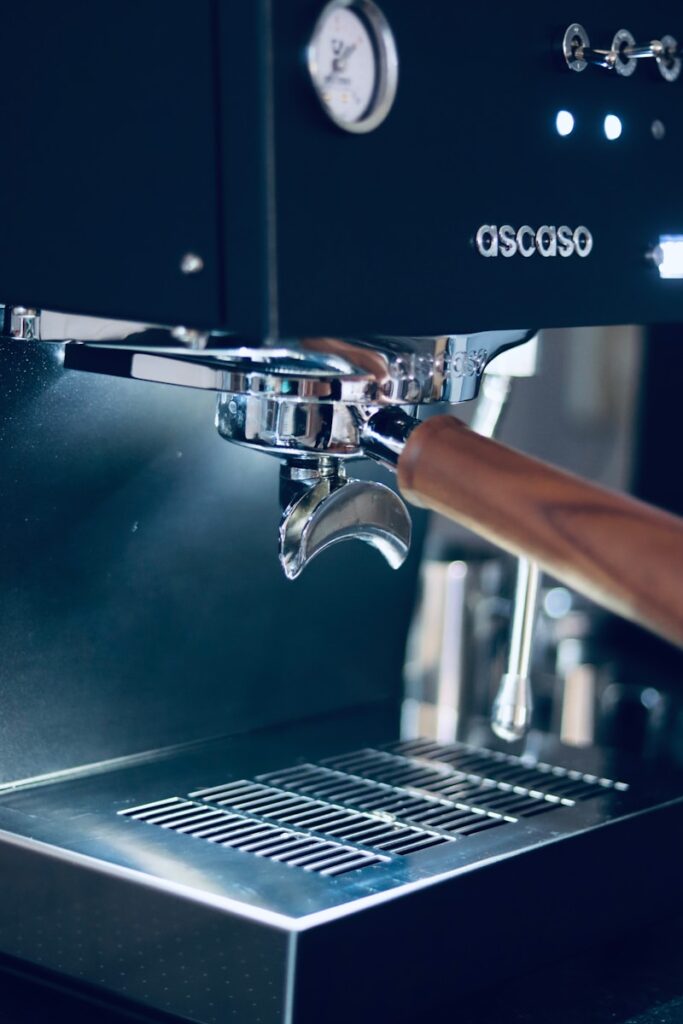
14. **Knowing When to Seek Professional Help and Cost-Benefit Analysis**Having explored a comprehensive array of coffee maker leak causes, from damaged seals to malfunctioning internal pumps, it’s crucial to acknowledge that not every problem is a DIY fix. While a significant percentage of users successfully tackle leaks by replacing gaskets or tightening hoses, some issues demand the expertise of a certified technician. Understanding when to pivot from personal troubleshooting to professional intervention is a key part of smart appliance ownership.
Clear indicators that it’s time to call in the pros include leaks that persist despite your best efforts at cleaning, descaling, and replacing common parts. The context states, “If leaks persist after you’ve replaced hoses, seals, or gaskets and performed thorough cleaning and descaling, it’s time to consult a certified technician.” Furthermore, if the issue points to complex internal components like the heating element, flow meter, or intricate electrical systems, these often require specialized tools and technical skills that the average user may not possess. Attempting to repair these without the right know-how can not only worsen the problem but also pose safety risks and potentially void any remaining warranty.
Beyond technical complexity, a practical cost-benefit analysis should guide your decision. “If the cost of replacement parts and labor exceeds 50% of the price of a new coffee maker, professional repair may not be cost-effective.” This simple rule of thumb helps you weigh the expense of repair against the value of investing in a brand-new, often more efficient, machine. Always check your warranty terms before proceeding with repairs, as some repairs might be covered, while DIY attempts could invalidate them.
Engaging a professional guarantees a safe and accurate diagnosis, preventing further damage that could arise from incorrect DIY interventions. For those complex, hidden problems that elude your troubleshooting, expert help ensures your appliance is restored to optimal functionality. Don’t hesitate to seek professional guidance when leaks persist or when dealing with intricate internal components, securing peace of mind and your daily dose of leak-free coffee.
Read more about: Archaeology’s Enduring Mysteries: A Deep Dive into Humanity’s Past Through the Lens of Material Culture
In the ever-evolving world of kitchen gadgets, your coffee maker stands as a steadfast companion, fueling your mornings and comforting your evenings. Yet, like any workhorse, it occasionally falters, leaving frustrating puddles in its wake. This comprehensive guide has equipped you with the knowledge to confront those pesky leaks head-on, transforming you from a bewildered observer into a confident diagnostician. From the simplest misalignments to the most complex internal component failures, you now understand the myriad reasons why your machine might be dripping, and more importantly, how to take decisive, actionable steps to fix it. Remember, a well-maintained coffee maker is a happy coffee maker, and with the insights gleaned here, you’re now empowered to ensure your beloved brewer delivers perfectly, leak-free, cup after delightful cup.




